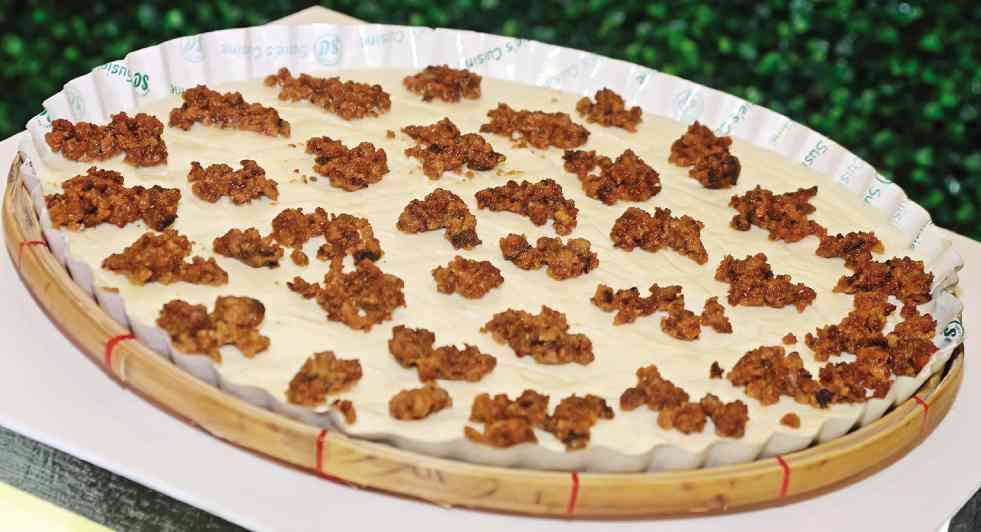A Filipino family’s kitchen is a source of identity and nostalgia. Food is an important part of Pinoy culture. The sight of melting butter, the aroma of baking bread, and the taste of a particular condiment can bring back happy memories and make you feel at home.
Filipino cuisine is popular all over the world because of its rich history and diverse flavor (“iba’t ibang lasa”). It boasts of the most interesting, unique, and heartwarming comfort foods. Check out this list to see how many you have yet to try!
Sinigang
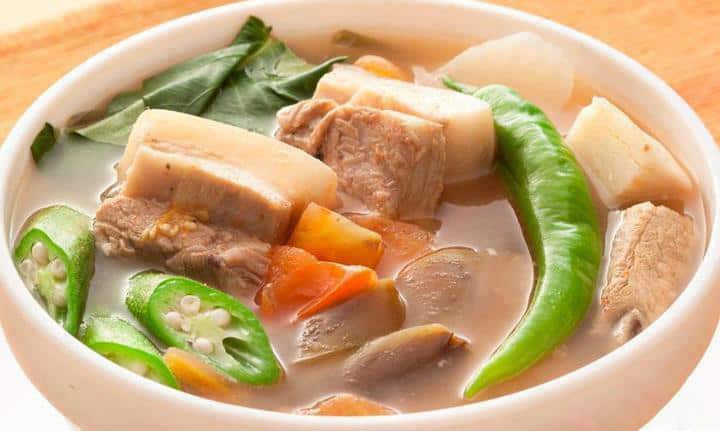
image source: 1.bp.blogspot.com
Imagine it is a cold, rainy, and gloomy day outside – and you are feeling lonely. Now think of a warm bowl of soup made up of *gabi *(taro), sitaw, and fall-off-the-bone pork. Don’t you feel better already? Sinigang is known for its sour flavor and versatility. Several souring agents (“pampaasim”) can be used: *sampalok *(tamarind), tomatoes, and green mango are a few examples.
The meat can also be replaced with shrimp, fish, or beef. The dish is popular because it is simple, easy to prepare, and very comforting.
Halo-halo
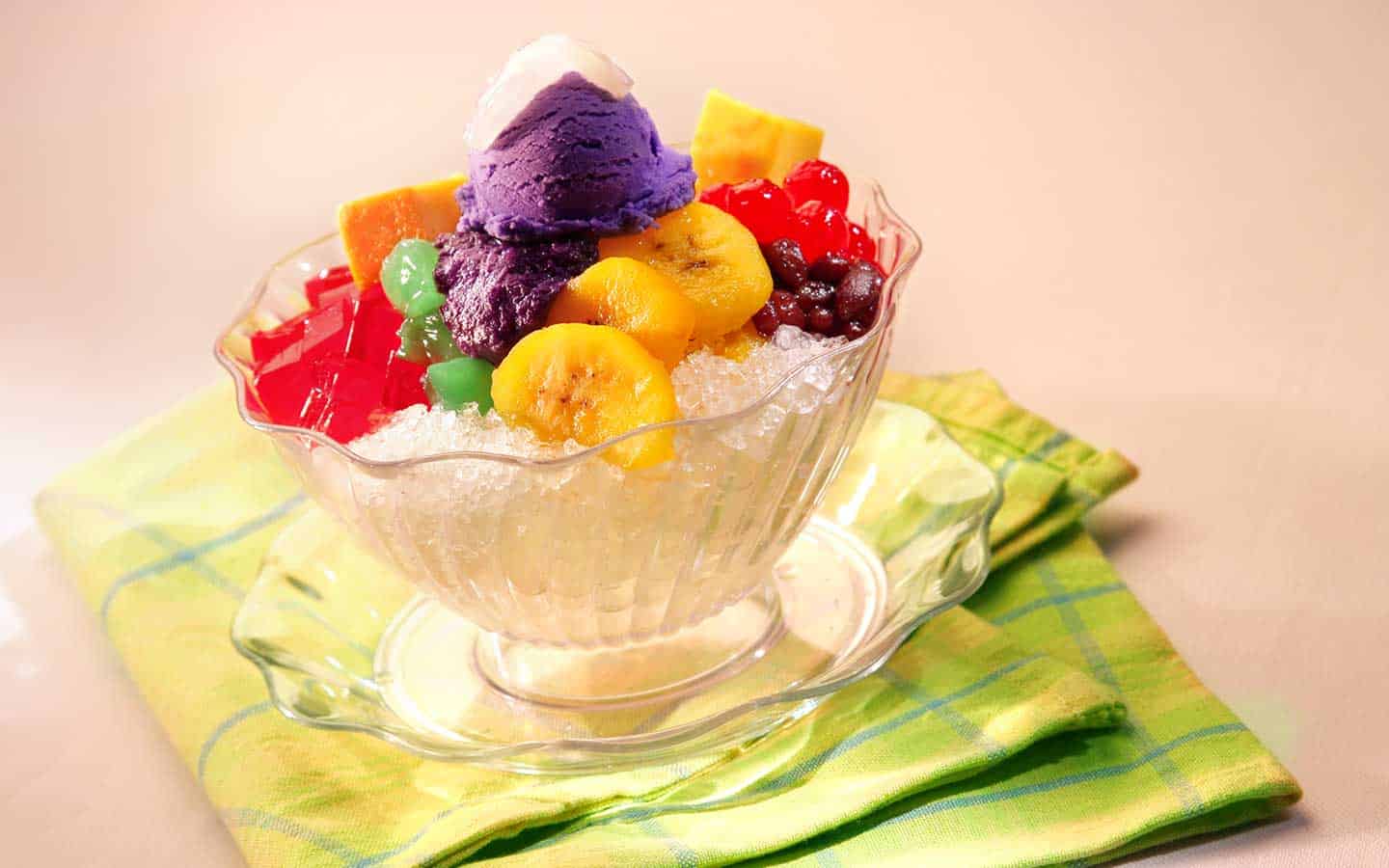
image source: 1.bp.blogspot.com
True to its name, halo-halo is simply a delicious mix of sweetened bananas, red beans, garbanzos, jackfruit (“langka”), leche flan, macapuno (coconut sport), sugar palm fruit (“kaong”), ube, and evaporated milk all poured and mixed into thick scoops of shaved ice. For those who really love sweet food, the already cold and sweet refreshment is topped with ice cream.
While its coolness makes it extremely popular during the summer months, halo-halo is considered a nice treat any day of the year.
Tibok-tibok
This Kapampangan pudding is made with carabao milk, giving it a smooth, white texture. It has a gelatinous consistency (“mala-gulaman”). The carabao milk gives it a slightly salty taste, but overall, the pudding is very sweet. It is traditionally topped with *latik*, which is made of coconut milk that comes from the coconut fruit’s grated meat.
Tibok-tibok has very strong flavors, so small servings will satisfy even the biggest sweet tooth!
Karekare
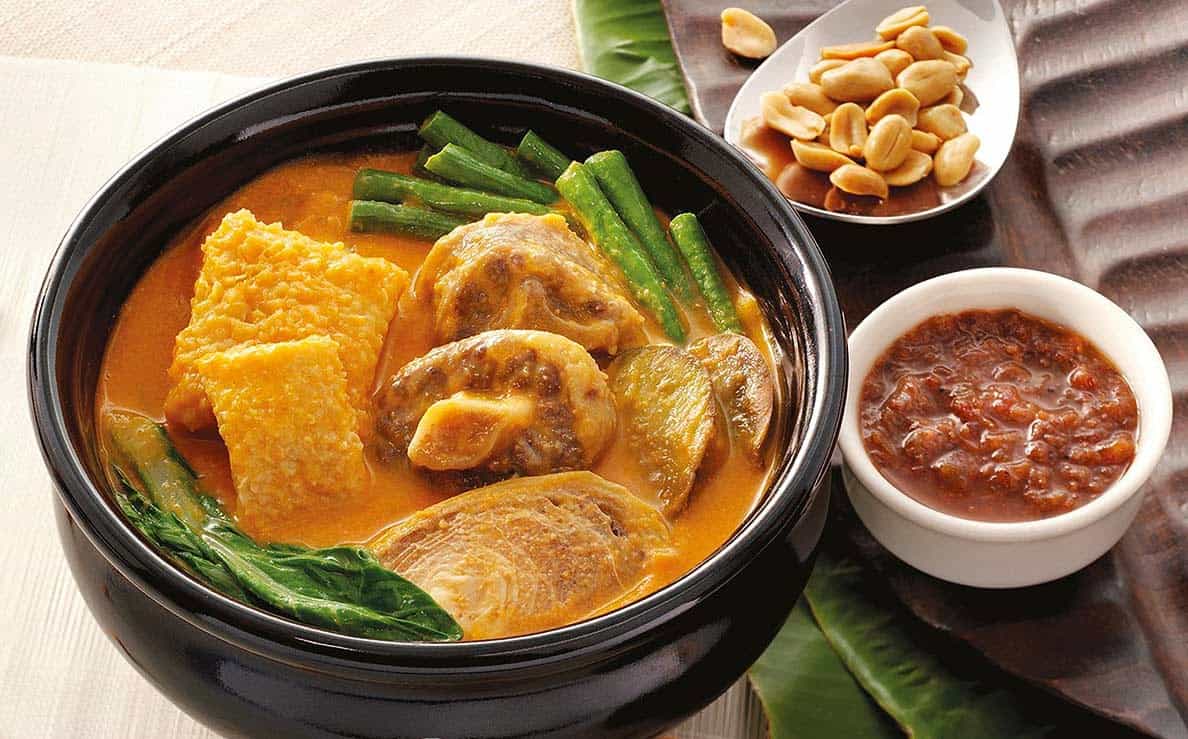
image source: cookdiary.net
Ah, yes, you are not a Filipino if you do not know karekare! The combination of ingredients may seem different from those unfamiliar with the nature of Filipino cuisine, but a good and complete mouthful will erase any doubts. The dish is essentially an annatto-dyed (“atsuete-dyed”) stew of peanut-based sauce, oxtail (sometimes other innards are used), eggplant, string beans (known locally as Baguio beans), and other greens.
Karekare is eaten with steamed rice, with *bagoong*, a paste-like concoction made of fermented fish/shrimp and salt, as a condiment (“sawsawan”). The sauce is very thick and flavorful, giving the dish its reputation as comfort food that brings back memories of childhood and home-cooked meals.
Champorado
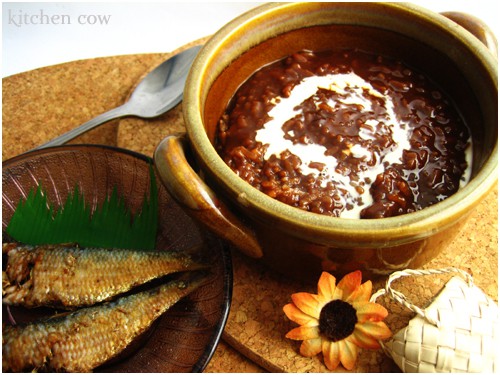
image source: farm3.static.flickr.com
Some people like it hot, and some like it cold. Champorado is a chocolate-based rice porridge that is typically served either as a breakfast food or *merienda* (a light, afternoon meal). *Dilis, *or toasted anchovy, or buttered *pan de sal* usually accompany the dish, the salty flavors, enhancing the sweetness of the chocolate.
Champorado is a local favorite among children and adults alike. It is topped or mixed with evaporated milk and an excited smile!
These are only a few local treats that never fail to comfort the unhappy and upset. Cravings are stronger when feeling sad, and nothing beats the blues like choice meals, desserts, and snacks from Filipino cuisine!

